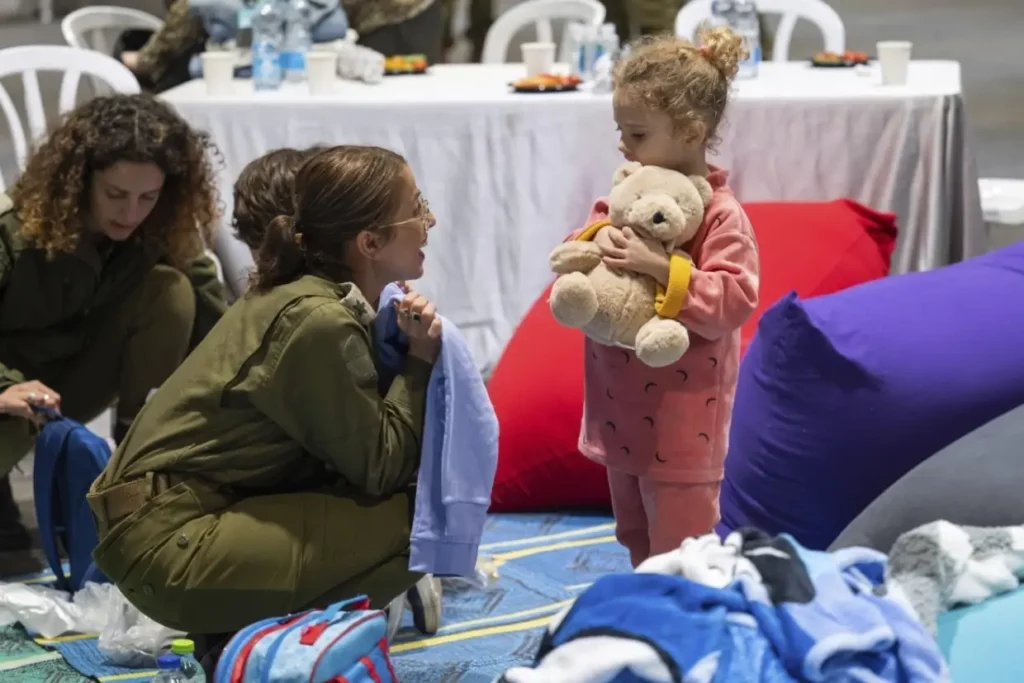
As the final 24 hours of a four-day ceasefire between Israel and Hamas unfold, there is a cautious optimism in the air, suggesting a potential respite from the longstanding conflict that has gripped the region. This temporary pause in hostilities has generated calls for an extension, with both Hamas and Israel indicating a willingness to continue the truce, providing a glimmer of hope for diplomatic progress.
The ceasefire, implemented to quell the cycle of violence and create an environment conducive to dialogue, has witnessed a notable decrease in confrontations between the two parties. The four-day timeline was strategically set to allow space for diplomatic negotiations and potential breakthroughs in addressing the root causes of the protracted conflict.
Amid the ebbing tensions, international actors continue to play a crucial role in fostering peace in the region. Diplomatic efforts and pressure from key stakeholders have been instrumental in facilitating the temporary cessation of hostilities. The hope is that sustained international involvement will further encourage both parties to engage in meaningful negotiations, addressing the core issues that have fueled the conflict.
One of the noteworthy developments during this ceasefire is the anticipation of the release of hostages and prisoners by both sides. This move is seen as a confidence-building measure, designed to foster an atmosphere of trust and goodwill between Israel and Hamas. The release of individuals held captive on both sides is a positive step toward de-escalation, signaling a willingness to prioritize human lives and build bridges towards a more stable future.
Despite the promising signs, numerous challenges loom on the path to a lasting peace. Key issues, including the status of Jerusalem, the rights of Palestinian refugees, and the establishment of secure borders, remain central to the negotiation process. Achieving a comprehensive and sustainable agreement requires a steadfast commitment from both parties to navigate these complex issues and find common ground.
In the midst of this delicate diplomatic dance, the international community watches closely, holding its breath with the hope that the current positive momentum can be sustained. The willingness of both Hamas and Israel to consider an extension of the ceasefire is indeed a positive sign, but the journey towards a lasting peace in the region is undeniably arduous.
